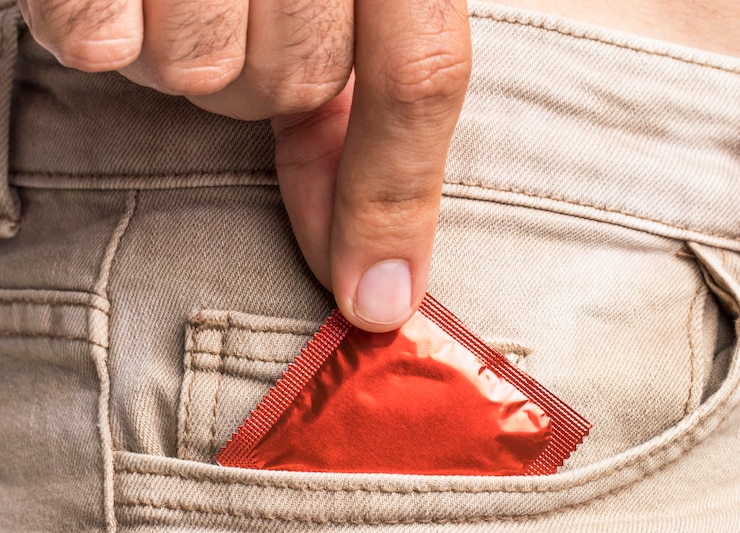Condoms are a crucial tool for protecting sexual health, providing a barrier against sexually transmitted infections (STIs) and preventing unintended pregnancies. To ensure their optimal effectiveness, it’s essential to store and handle condoms properly. In this article, we will discuss the best practices for storing and handling condoms to maintain their quality and reliability.
- Store in a Cool, Dry Place: To preserve the quality of condoms, store them in a cool and dry place. Excessive heat and moisture can degrade the latex or other materials, increasing the risk of condom breakage or damage. Avoid storing condoms in areas such as bathrooms, wallets, or cars where they may be exposed to heat, humidity, or friction.
- Check the Expiration Date: Always check the expiration date before using a condom. Over time, condoms can deteriorate and become less effective. Expired condoms may be more prone to breakage or failure. Discard any condoms that have expired and replace them with new ones.
- Avoid Extreme Temperatures: Extreme temperatures, both hot and cold, can affect the integrity of condoms. Avoid exposing condoms to direct sunlight, freezing temperatures, or extreme heat. For example, do not leave condoms in a car during hot summer days or in a freezing environment during winter.
- Open the Package Carefully: When opening a condom package, take care to avoid tearing or damaging the condom. Use your fingers to gently tear open the package along the edge, being cautious not to use sharp objects such as scissors or teeth, which could puncture or rip the condom.
- Handle Condoms with Clean Hands: Always ensure your hands are clean before handling condoms. Washing your hands with soap and water before opening the package helps maintain cleanliness and reduces the risk of introducing any contaminants to the condom.
- Be Mindful of Sharp Objects: Avoid contact with sharp objects, such as fingernails, jewelry, or sharp edges, which can tear or puncture the condom. When opening the condom package or during intercourse, handle the condom with care to prevent any accidental damage.
- Use Lubrication Wisely: Lubrication can enhance sexual pleasure and reduce the risk of condom breakage. However, it’s important to use only water-based or silicone-based lubricants that are compatible with condoms. Oil-based products, such as petroleum jelly, lotion, or massage oils, can weaken latex condoms, making them more prone to breakage.
- Use One Condom per Act of Sexual Intercourse: It’s crucial to use a new condom for each act of sexual intercourse. Reusing a condom increases the risk of STIs and unintended pregnancies. Additionally, ensure the condom is put on correctly before any genital contact occurs to maximize protection.
- Dispose of Condoms Properly: After use, wrap the used condom in tissue or toilet paper and dispose of it in a trash bin. Do not flush condoms down the toilet, as they can cause plumbing issues.
By following these guidelines for storing and handling condoms, you can maintain their quality, reliability, and effectiveness. Remember, condoms are a valuable tool for sexual health and responsible behavior. Using condoms consistently and correctly, in addition to other safe sex practices, plays a vital role in protecting yourself and your partner from STIs and unintended pregnancies.










